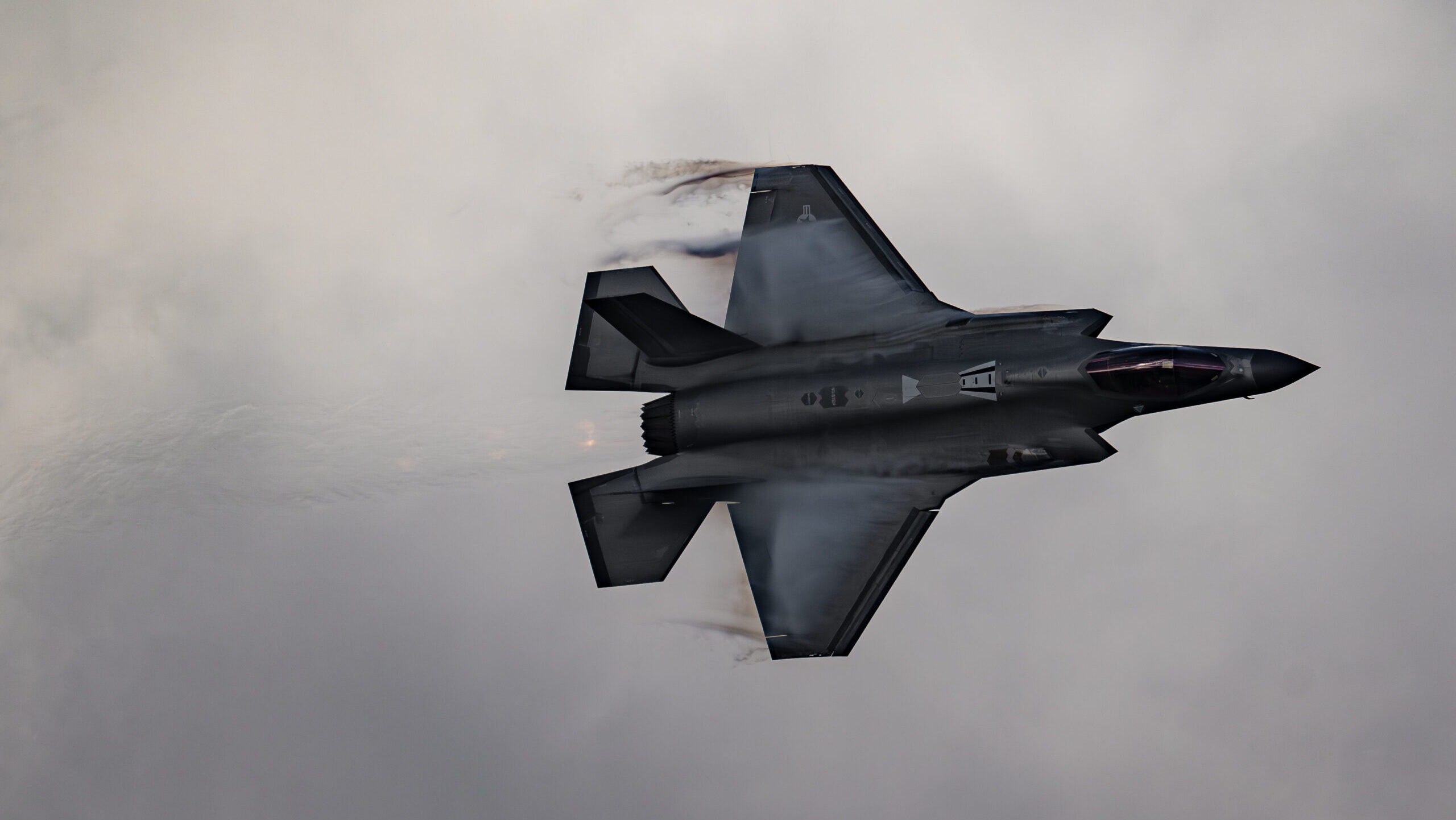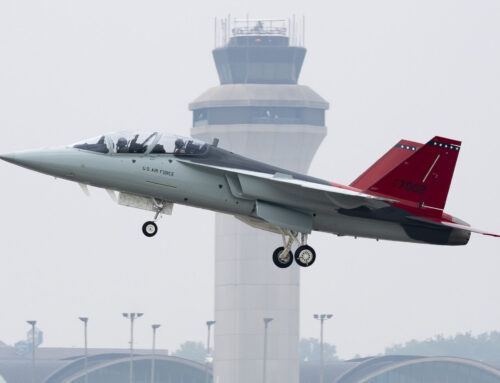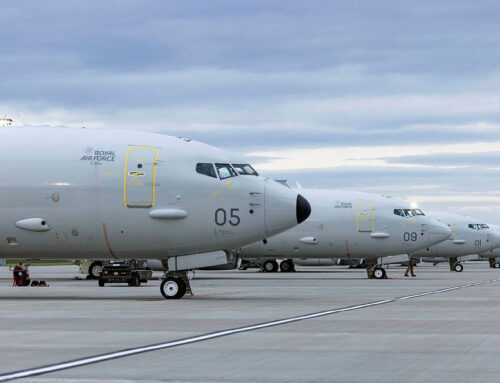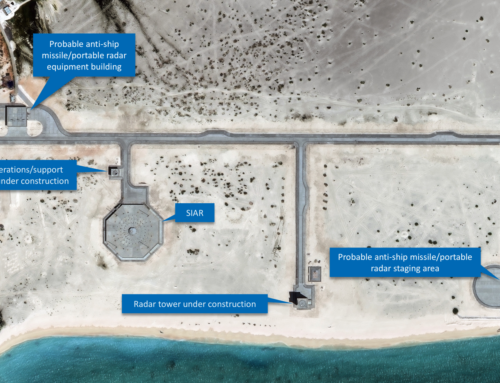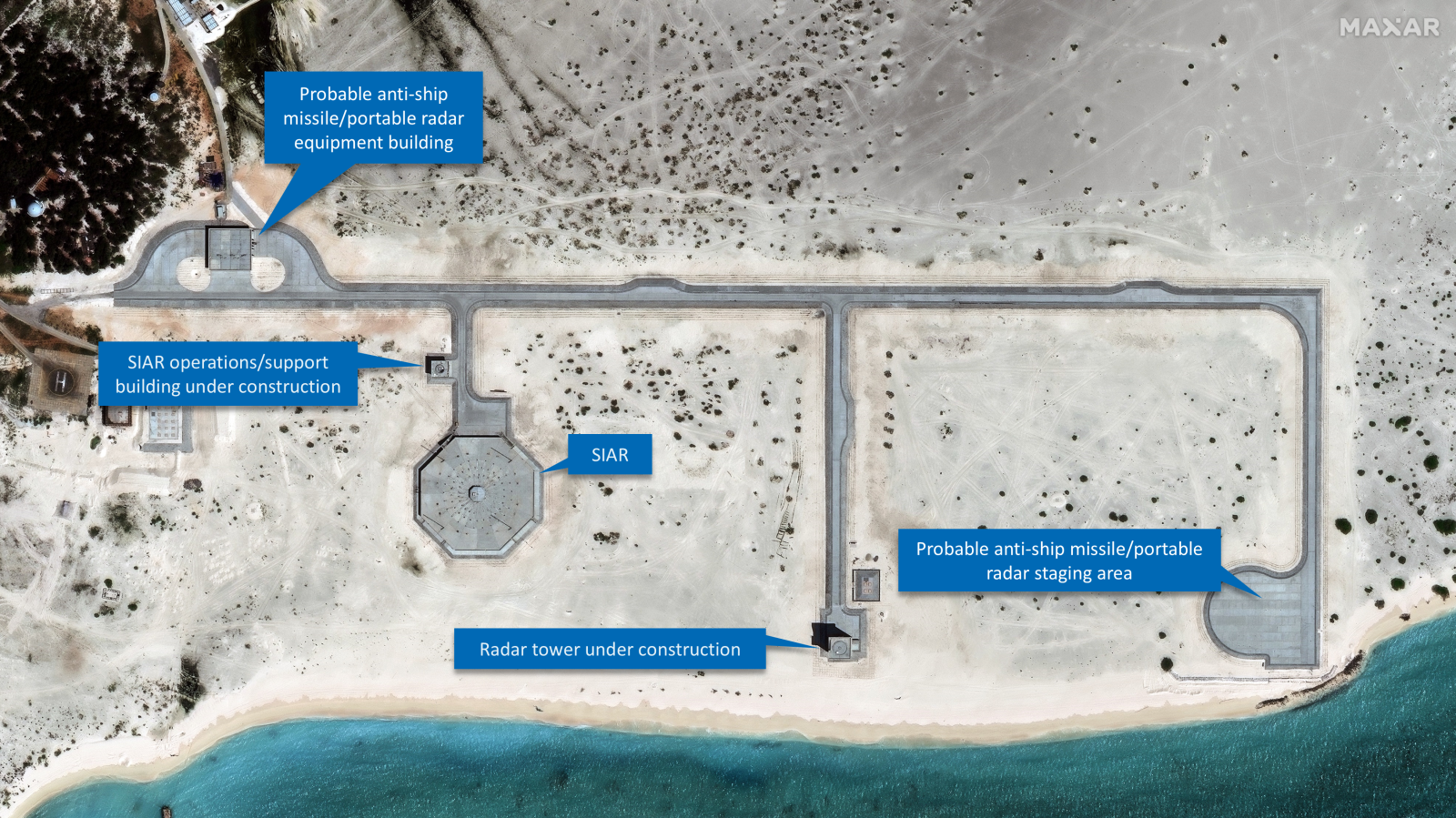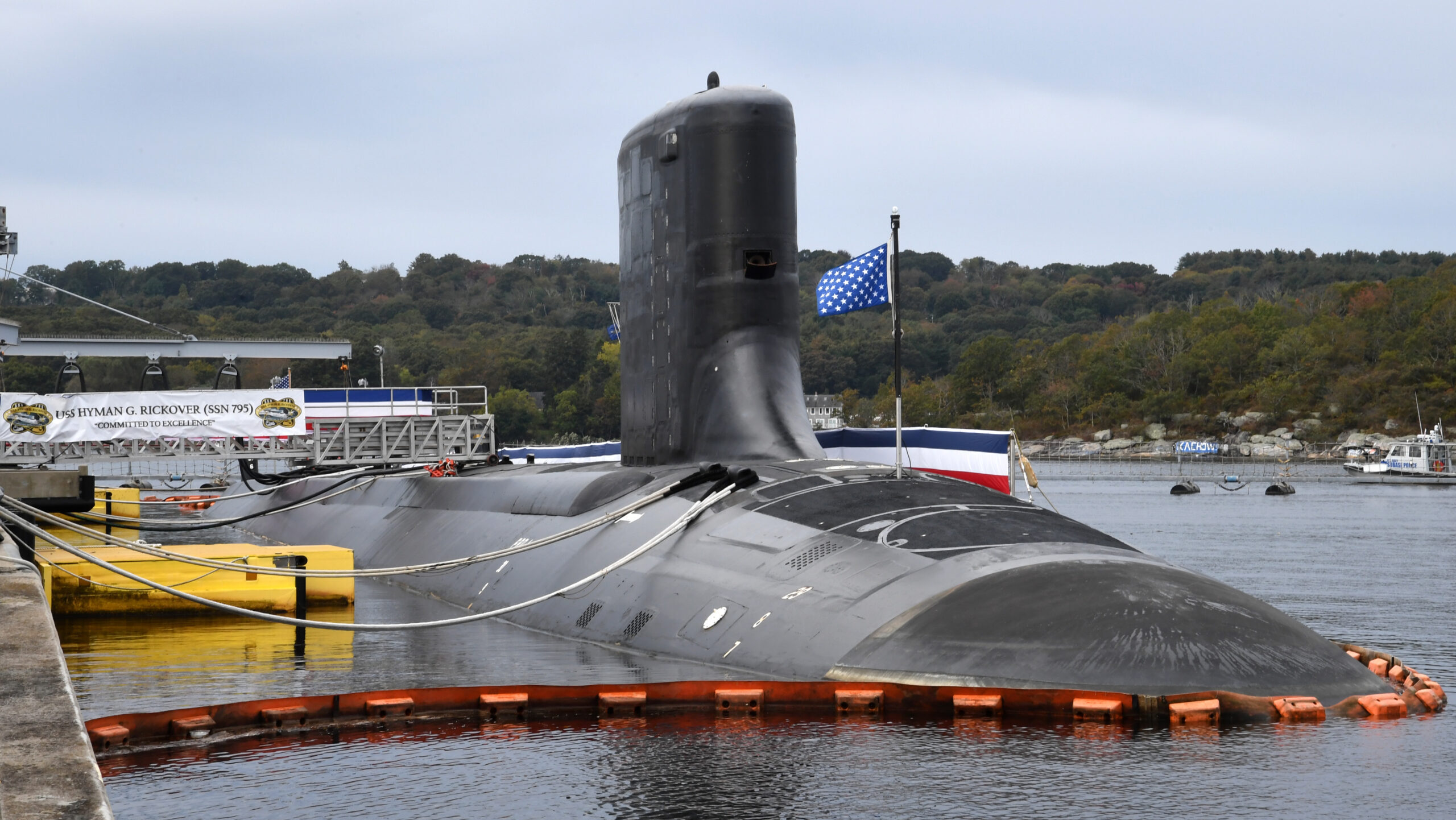U.S. Air Force Capt. Melanie “MACH” Kluesner, F-35A Lightning II Demonstration Team pilot and commander, flies an aerial demonstration certification flight at Hill Air Force Base, Utah, on Feb. 22, 2024.(Staff Sgt. Kaitlyn Ergish/US Air Force)
WASHINGTON — Protracted contract negotiations between Lockheed Martin and the Pentagon on the next two lots of the F-35 have begun to eat away at the company’s bottom line, with Lockheed executives reporting a $700 million lapse in revenue for the program in the third financial quarter.
The Defense Department and Lockheed have yet to finalize a deal on F-35 Lots 18-19, which was initially expected by the end of 2023. Funding from an initial contract that allowed Lockheed to begin work on the planes ahead of a final agreement ran out during the third quarter, forcing the company to reach into its own pockets to keep production work going for those jets, company executives said during an earnings call with investors.
“As a result, the company was unable to recognize revenue and profit on approximately $400 million of costs incurred on the program in the third quarter of 2024, with at least an additional $300 million of impacts across the supply chain,” Lockheed said in a news release. “Additionally, the company was prevented from invoicing and receiving cash of approximately $450 million through the third quarter of 2024.”
Lockheed said in the release that it expects that it will reach a deal with the Pentagon in the fourth quarter, allowing it to recover by the end of 2024. However, the company warned that until a final contract is reached or the Pentagon provides additional funding, its financial results could be negatively impacted.
“Should the negotiation timeline be extend beyond year end … we could see about 3 percent or $2 billion of our sales shift into 2025, along with associated impacts to profit and about $1 billion dollars of free cash flow,” said Lockheed Chief Financial Officer Jay Malave during the call.
Lockheed CEO Jim Taiclet said it was “essential for the health of [its] lower tier suppliers” to keep F-35 production going at pace, even if Lockheed and its major subcontractors cannot book revenue on the program until a contract is finalized.
Despite the headwinds to the F-35 program, which drove a 3 percent reduction in net sales for Lockheed’s aeronautics unit compared to the same period last year, the company boosted its financial outlook for the year. Earnings per share rose to $26.65 from the previously predicted $26.10 to $26.60 level. Net sales, which had been expected to be between $70.5 billion and $71.5 billion, are now estimated to be $71.25 billion for the year.
Rob Stallard, an analyst with Vertical Research Partners, said in a note to investors that the results amounted to “a decent quarter from Lockheed despite the F-35 hit.”
Last month, Malave warned investors that the company could see a $1 billion “impact” to third quarter results due to dwindling funds on the most recent F-35 contract.
At the time, Lockheed was engaged with the F-35 Joint Program Office and Congress on securing additional funding that could bridge the gap until a final Lot 18 and 19 contract could be reached, Malave said then.
Aside from the ongoing contract negotiations, the company is still recovering from a year-long F-35 delivery pause stemming from delays in an upcoming upgrade package known as Technology Refresh 3 (TR-3). The Pentagon began accepting F-35s with an interim version of TR-3 in July, but is withholding payment until the upgrade package is complete.
Lockheed expects about $600 million in financial impact this year resulting from the pause and resulting withholding, but it could recover up to $400 million next year as it makes progress delivering parked F-35s.
The company expects to deliver 90 to 110 F-35s in 2024, with 48 jets delivered through the third quarter. For the next three years, deliveries will increase to about 180 F-35s, including new production jets and F-35s that were held back during the delivery pause, Malave said.


